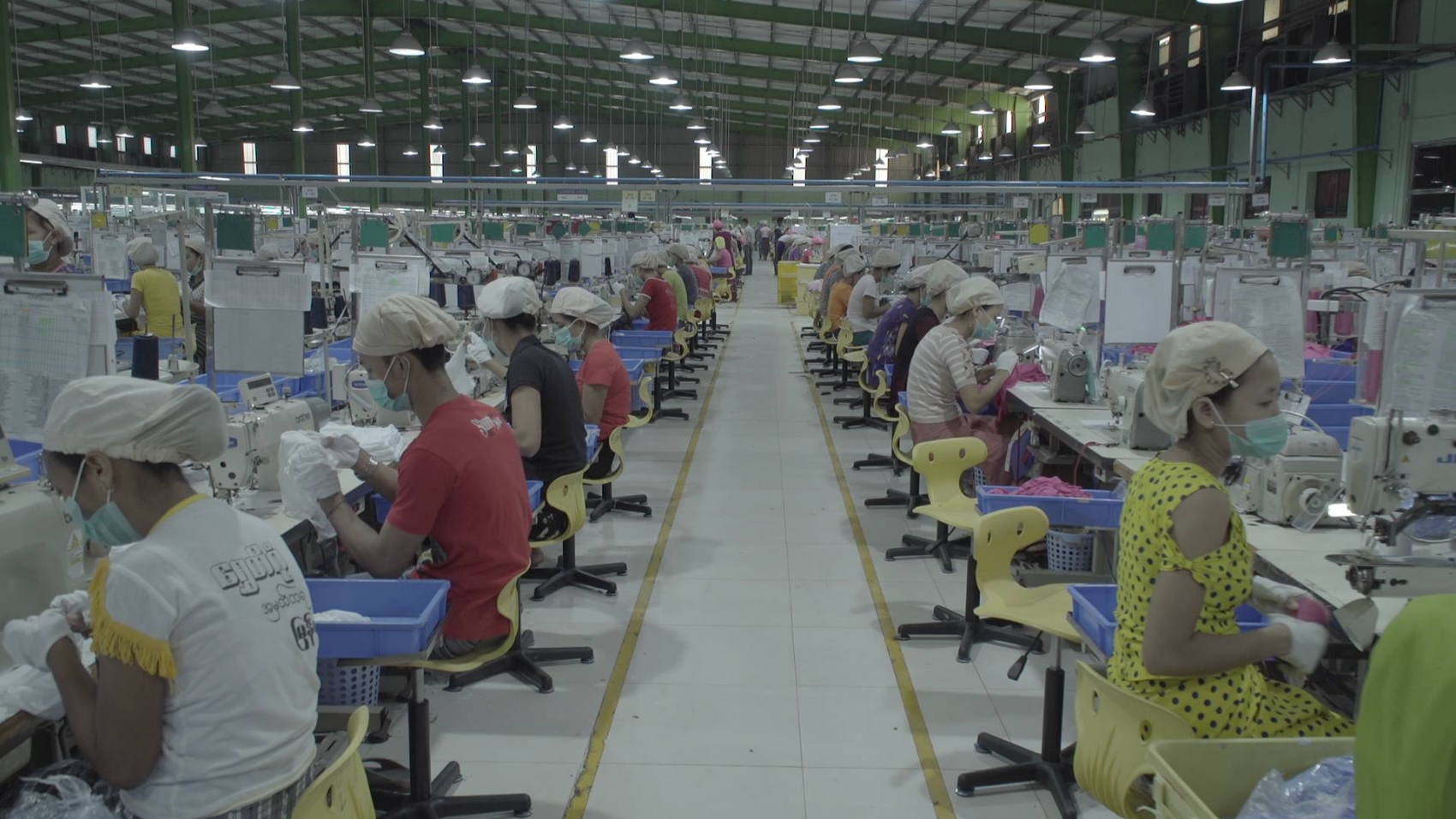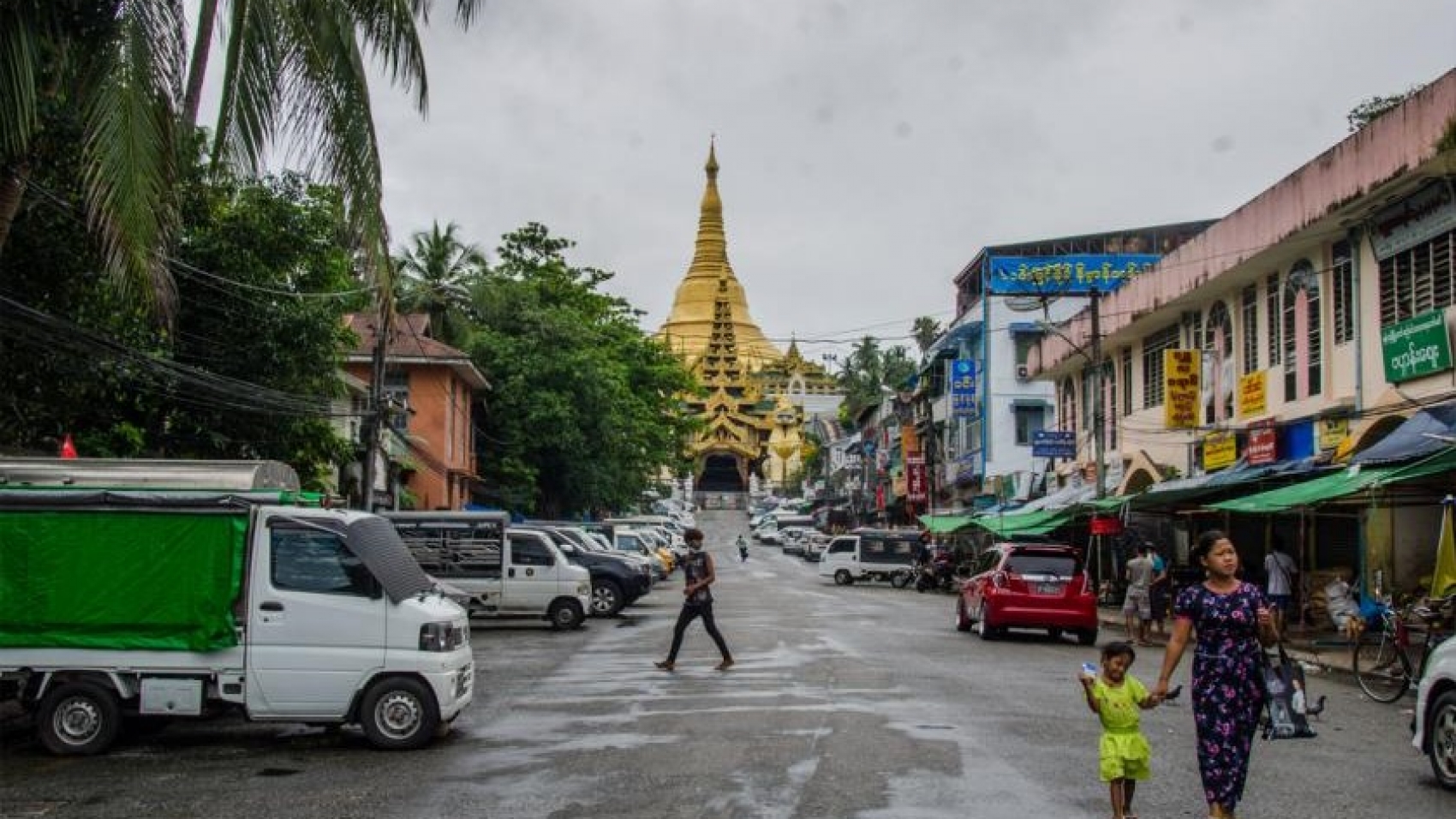Driven by changing consumer trends during COVID-19, the Southeast Asian e-commerce industry has grown substantially in the first six months of the year, according to a recent report by price comparison and product aggregating website iPrice Group. The report pointed out major changes in consumers’ behaviors and the e-commerce industry brought about by COVID-19 in Singapore, Malaysia, Indonesia, Thailand, Vietnam, and the Philippines, mainly a strong shift from offline to online in consumer spending. In the first half of 2020, website traffic of online general department stores increased in Indonesia, Thailand, Malaysia, and Singapore by up to 18 percent compared to the second half of 2019.
E-commerce providers across the region were quick to adapt to the new trends. For example, almost all major e-commerce marketplace in the region had multiple sales campaigns to promote health supplements and groceries. Some invested in logistics to assure these essentials get to the consumers. In April, Lazada expanded their fresh produce category to Malaysia, Vitenam, and Indonesia. In May, Vietnamese company Tiki introduced TikiNGON – a service to deliver groceries in three hours. In the second quarter of the year, the total number of sessions on shopping applications in Southeast Asia reached 65.1 billion, which is an increase of 39pc compared to Q1. Leading this jump in usage is the Philippines, Thailand and Vietnam with increases of 53pc, 50pc, and 43pc respectively. Meanwhile, Indonesia leads the region in absolute number with 28.5 billion sessions in 2Q alone.
Service available already on Telenor Zay include groceries and food delivery, health care service such as online medical appointments and telemedical consultations as well as the purchase of vehicle insurance services. A recent report by Telenor showed that COVID-19 has led to a surge in online shopping. Services that deliver food, groceries, medical supplies and packages are thriving in Myanmar. This has also led to rising adoption of digital payment methods, with data analytics company Statistic projecting a 7.1 pc increase in digital transitions and a 19.7pc rise in the number of users in Myanmar this year. Online shopping will see significant growth in Myanmar going forward, especially as the digital ecosystem and the digital readiness of both customers and businesses continue to evolve.
Source: Myanmar Times



